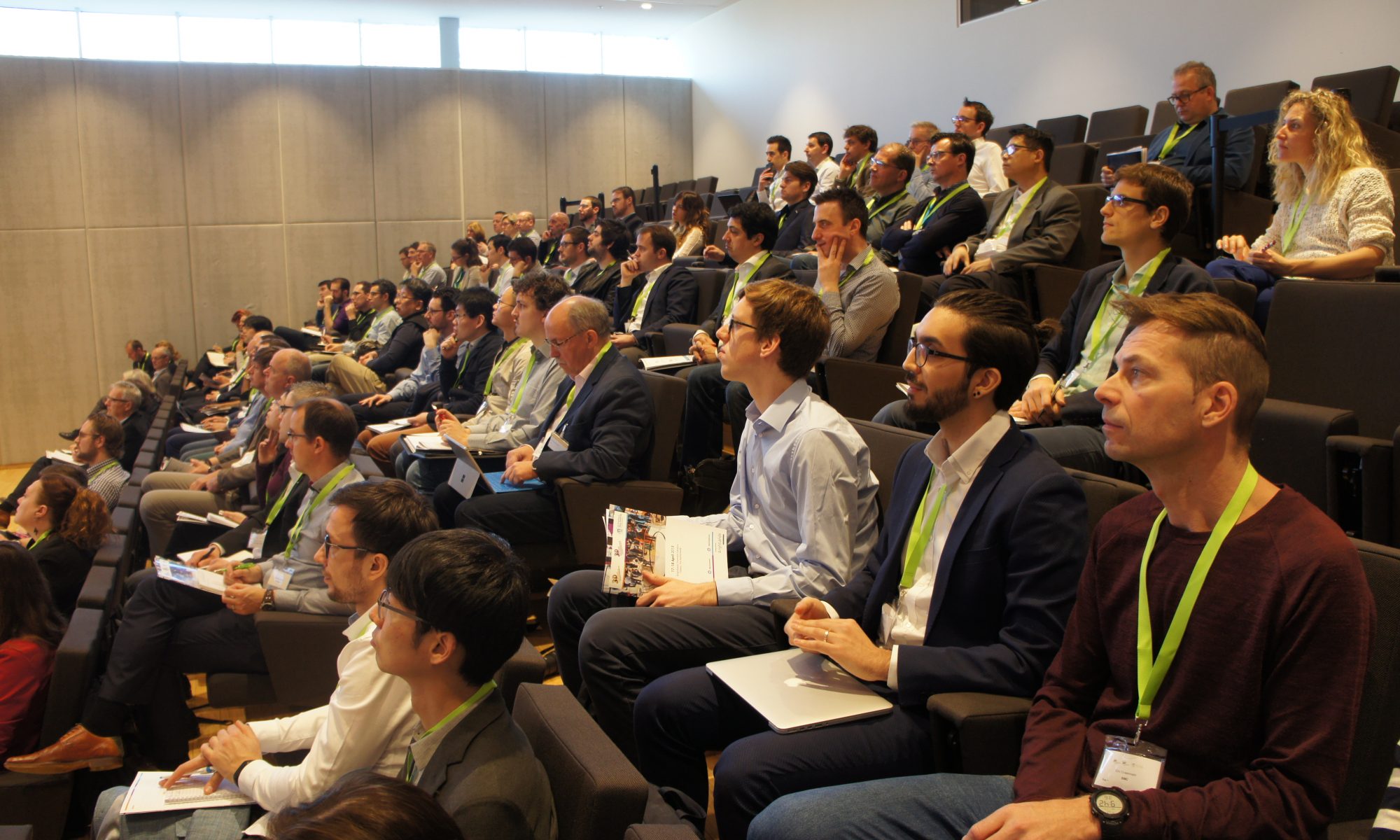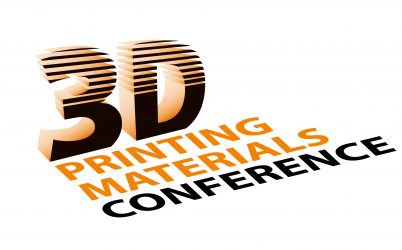

3D printing materials Conference
All the Updates about 3D Printing Conferences
Low-Cost Titanium Powder is the First of its Kind (VIDEO)
Sort of a like a camper’s grainy footage of Bigfoot sauntering between trees in a forest, a Cambridge University spin-out company, Metalysis, has put out a video demonstrating the 3D printing of low-cost titanium powder, as part of a University of Sheffield project:
The partnership between the University of Sheffield’s Mercury Centre and Metalysis has yielded what may be the first 3D printed titanium car part. The Director of Mercury Centre, Prof. Iain Todd, explains that Metalysis’ low-cost powder is produced in such a way that bypasses the traditional, costly and labour-intensive process of making titanium: “Normally what happens with titanium powder is you take what they call mill grade titanium, which is something that’s been three times melted and turned into a block and then rolled. Then it’s turned and you remove the material you don’t need and are left with a billet of titanium that is re-melted and turned into a powder.” Instead, Metalysis applies electrolysis to the titanium ore rutile found in beach sand, separating its elements and producing titanium powder.
The Mercury Centre, Sheffield’s large 3D printing lab, was then able to use the material to 3D print automobile parts, as well as guide vanes, airfoil components, and impellers for airplanes, relying on their discontinued Renishaw AM125 machine. Because Metalysis’ powder is much cheaper than the traditional process, it is a more affordable option for 3D printing metal parts than currently on the market. Though Prof. Todd told TCT that it’s not ready for the aerospace industry yet, it could be suitable for the low-cost manufacture of temperature and corrosion resistant parts.
Source: 3DPrintingIndustry.com